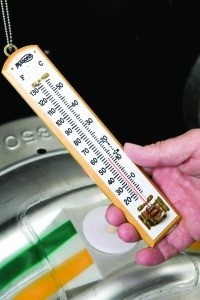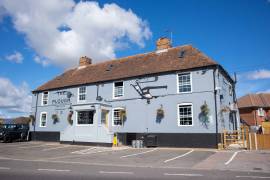Top tips for saving energy in your pub

Heating
■ This makes up approximately one quarter of energy use within the average pub, so avoid overheating yours. Aim for 19°C to 21°C.
■ Use thermostatic radiator valves, and check that thermostats are unaffected by draughts, sunlight, radiators and fireplaces.
■ Timers can be adjusted
in pubs so that buildings reach optimum temperature just as people arrive and begin to cool down as people leave the premises.
■ Servicing your boiler regularly could help you save up to 10% of your annual heating costs.
■ Ensure that pipework is well insulated.
Lighting
■ Install occupancy and daylight sensors in areas that are not always in use, such as toilets and cellars.
■ Using low-energy lighting could help you reduce the electricity you consume for lighting by up to 80%.
Refrigeration
■ Defrost fridges regularly, check the seals, and make sure you keep condensers and evaporators clean.
■ Keep fridge doors closed as much as possible.
Cellar management
■ Locate any heat-producing equipment, such as line coolers for beer and soft drinks, cooling cabinets and icemakers outside the cellar in a well-ventilated service area.
■ Install thermal insulation and draught-stripping. Heating pipes should ideally not pass through cellars. Where this is unavoidable, pipes, fittings, flanges and valves should be insulated and draught-stripping applied in places where pipes pass through walls. Cellar doors and hatches should be draught-stripped and insulated. Access doors should be shut after deliveries.
■ Check refrigeration equipment. Ensure pipework circuits are kept as short as possible and the condenser unit is in a well-ventilated location. Locate cooling system temperature sensors where they can give an indication of the cellar temperature — ideally at the opposite end of the cellar from the evaporator and at top-of-barrel height. Set the control to the recommended cellar temperature (usually from 11°C to 13°C) and check regularly with a separate thermometer to ensure the sensor is operating reliably. Overcooling the cellar by 1°C can add up to 10% to cellar energy costs.















